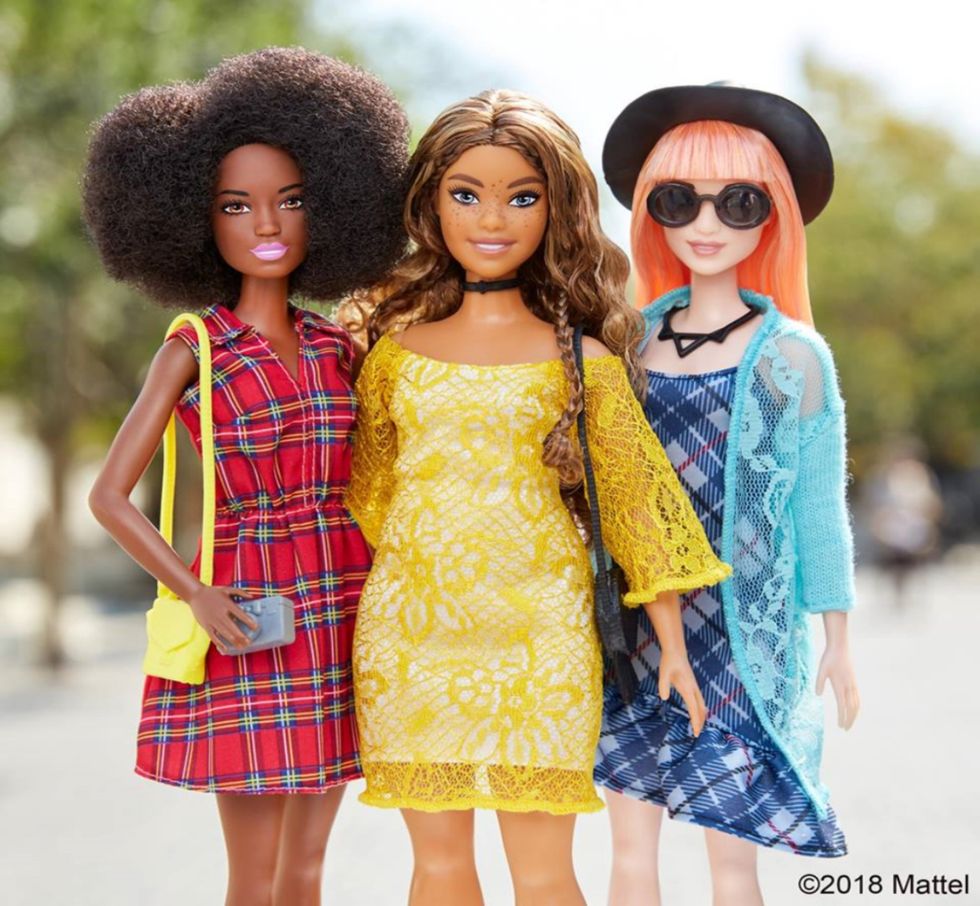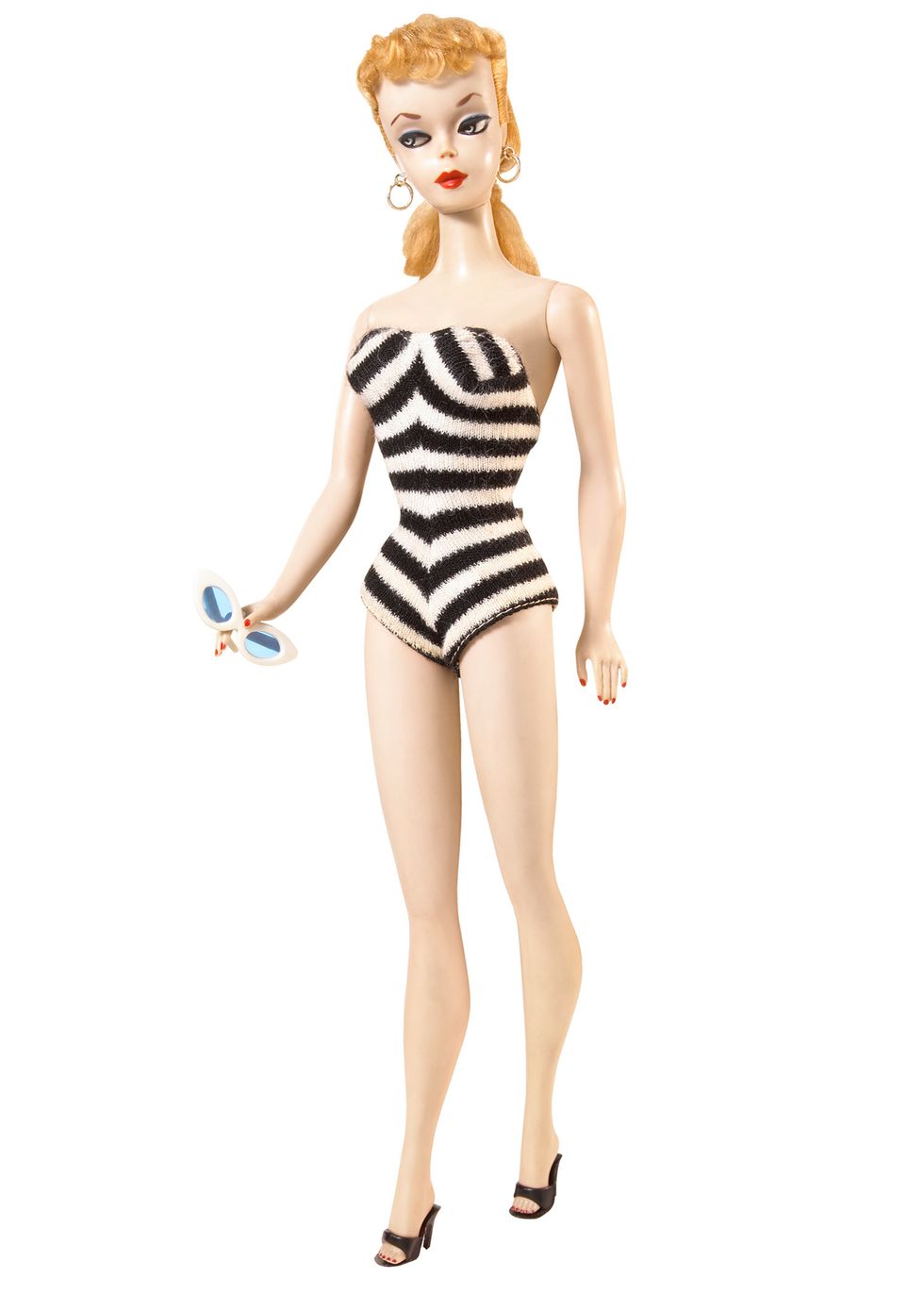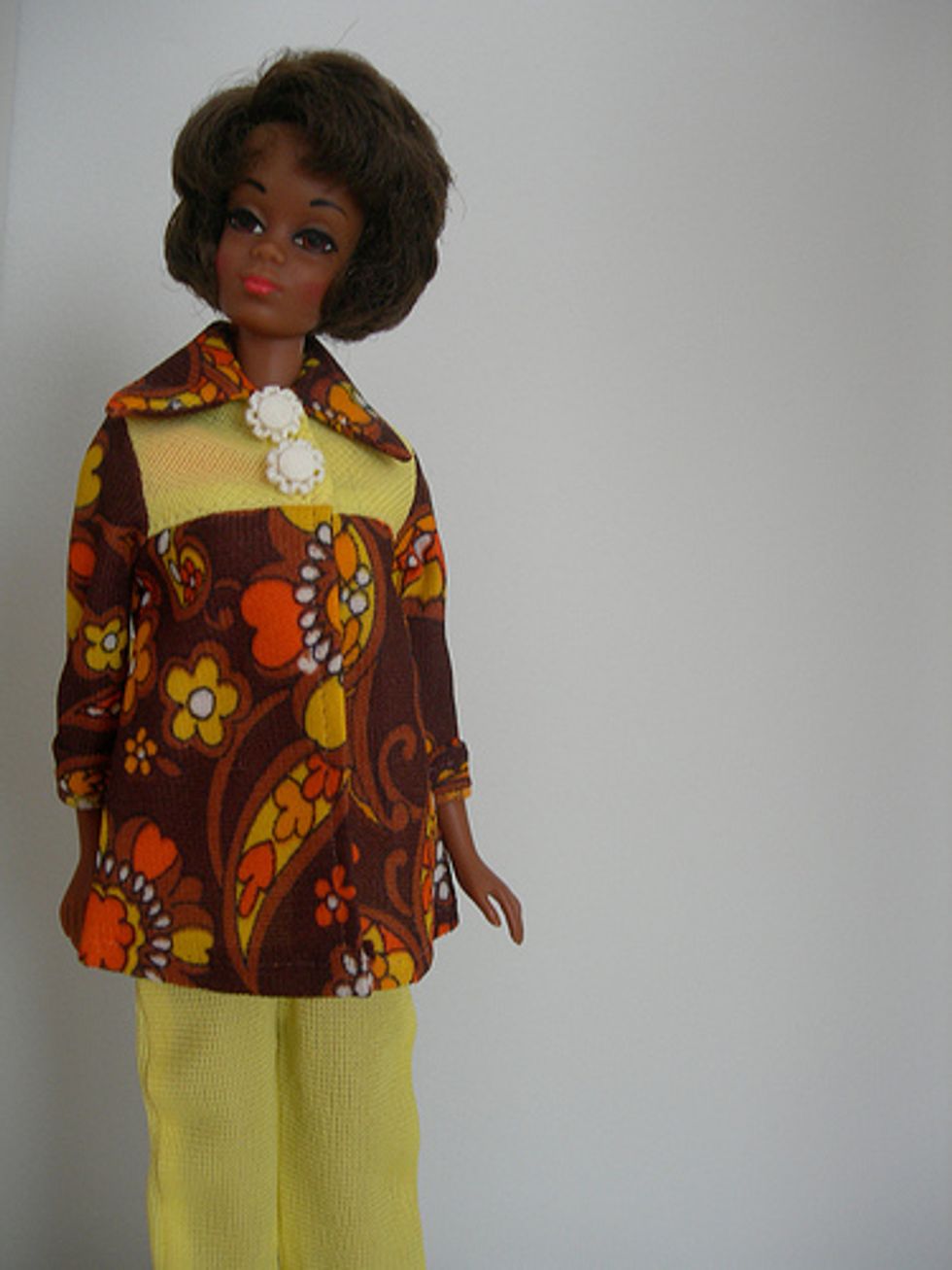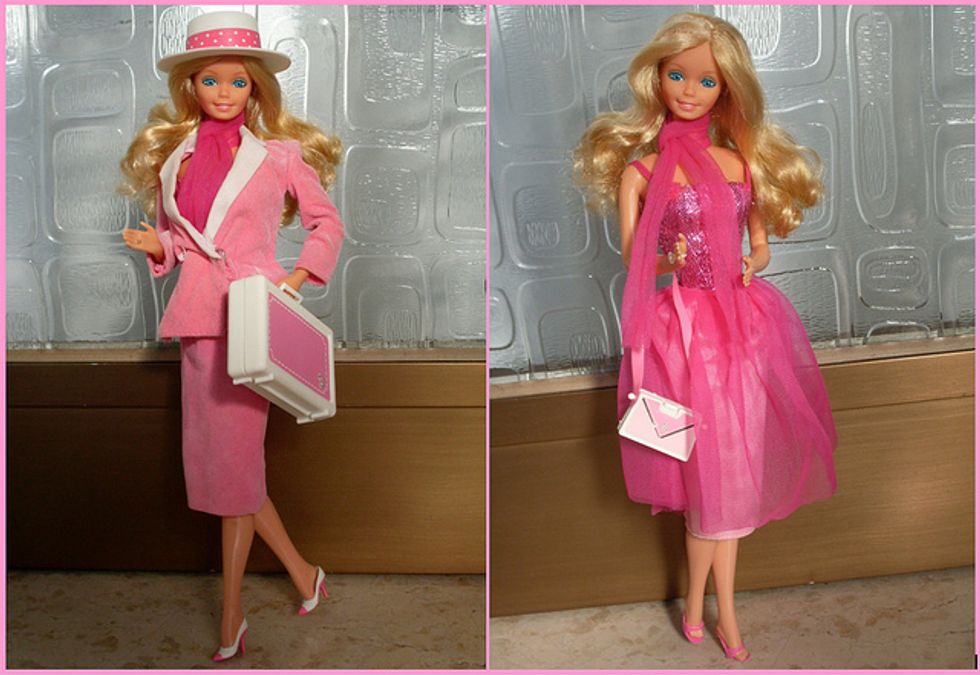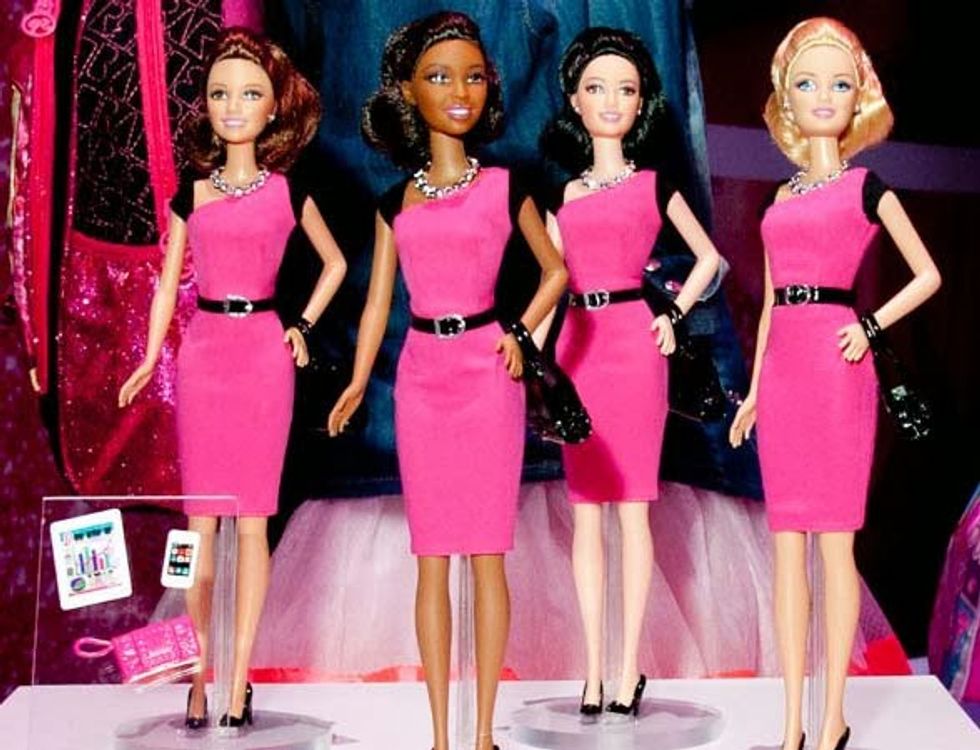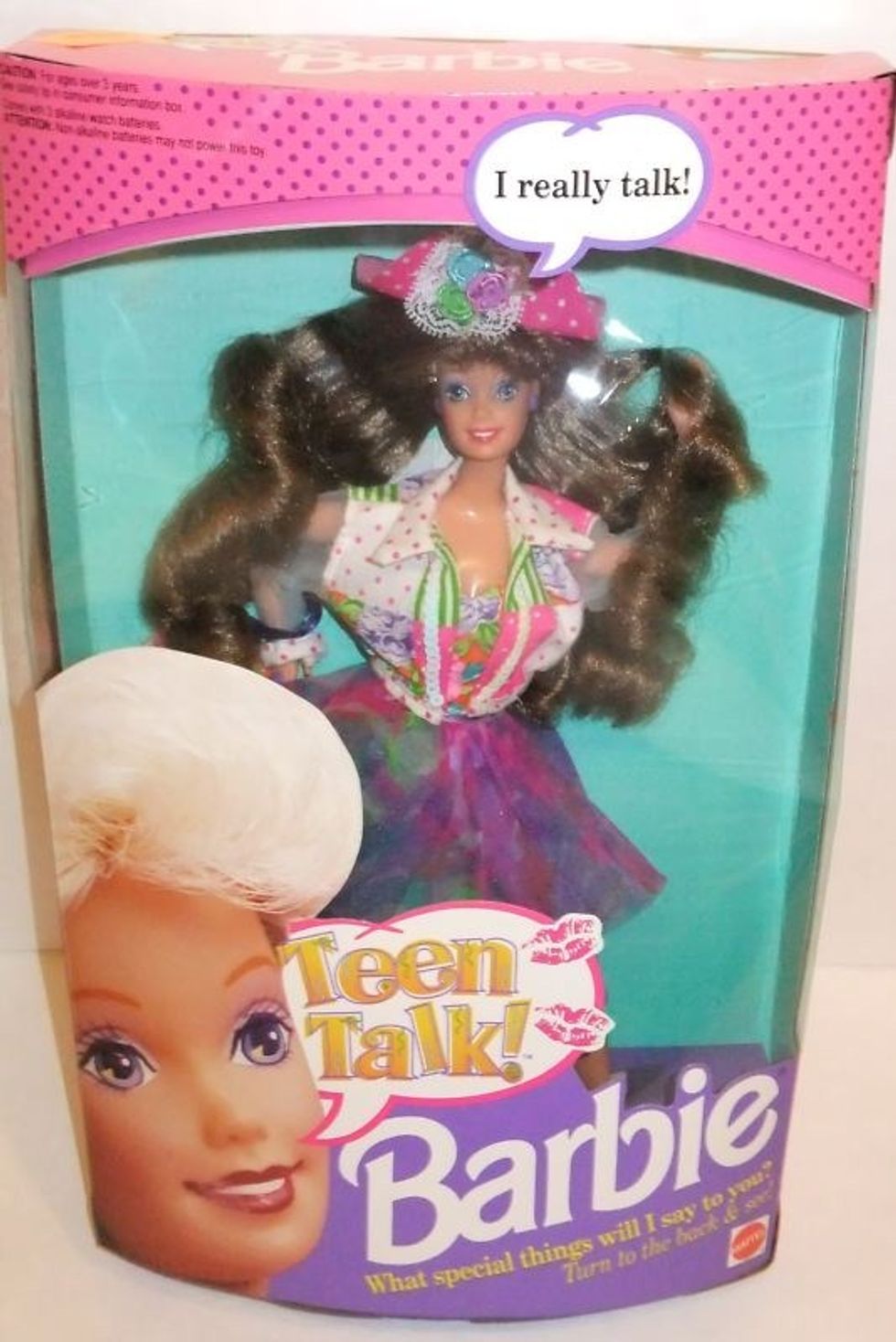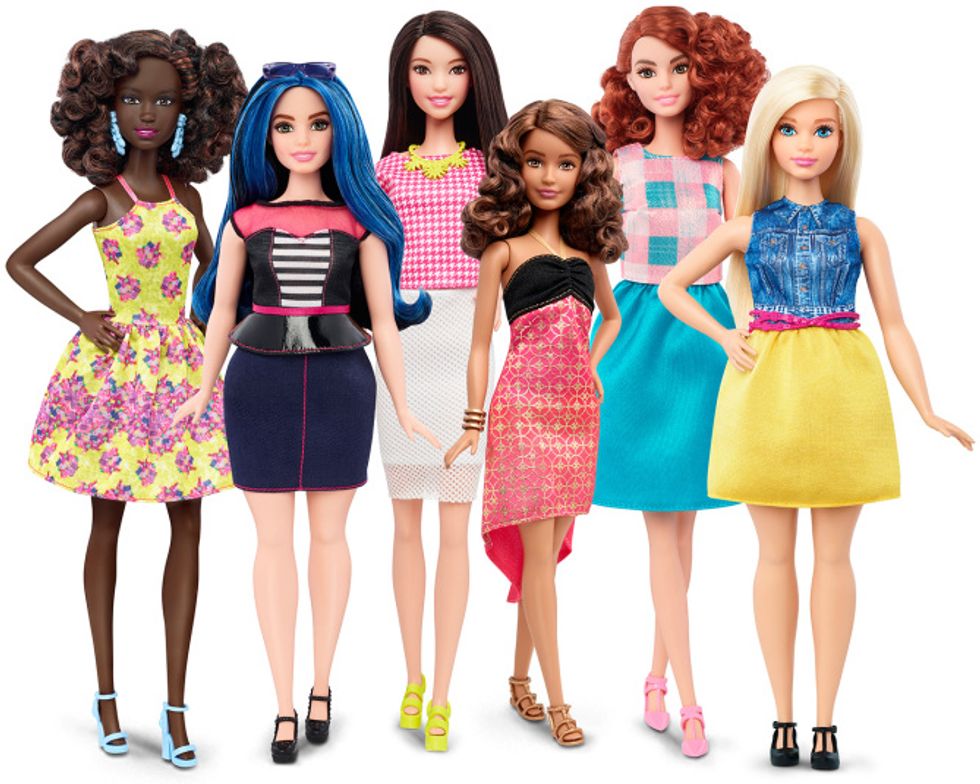On March 9, 1959, Mattel released its first Barbie doll, which would become an iconic product and a memorable item in the childhoods of many young girls throughout the country (and around the world). In today's society, as the doll turns 58 years old on March 9, 2018, it still continues to be an iconic item in American culture.
The first Barbie doll was portrayed as a teenage fashion model.
When the Barbie doll was first released, her full name was Barbie Millicent Roberts, and she represented the glamorous Old Hollywood style of the time (source).
The Christie Doll was released in 1969.
This was the first African-American doll released by Mattel, and many subsequent releases by Mattel included both the Barbie and Christie dolls (source).
The "Day to Night" Doll was released in the 1980s.
This Barbie doll had a business outfit, along with a briefcase, to be worn during the day at her job as an executive of a company, and a date night outfit to be worn for night life in the city. This doll was an attempt to promote women's equality in the workplace (source).
Entrepreneur Barbie Dolls were released in 2014.
In 2014, the Entrepreneur Barbie Dolls were released to further encourage the ambition of young girls everywhere (source).
These dolls, complete with their own smartphone, were released to further encourage the ambition of young girls everywhere. This doll was even backed by several real-life women entrepreneurs (source).
However, despite these advances that have been made throughout the years, Barbie has, of course, been criticized for creating unrealistic body image expectations for young girls, which subsequently relates to self-esteem issues found in many young women. Various dolls that have been released over the years have experienced their fair share of failures, mistakes, and criticisms.
A talking Barbie Doll was released in 1992 - and needed some improvement.
.
Mattel released a talking Barbie doll with several different phrases that it was programmed to say. However, it was criticized for one of its phrases, "Math is tough," which was perceived to reinforce gender stereotypes to young girls. Mattel eventually removed this phrase from the talking Barbie dolls as a result of the criticism that it received (source).
The first handicapped Barbie doll was not met with great enthusiasm.
"Share A Smile Becky," Mattel's first handicapped Barbie doll, was released in 2013, but was ultimately pulled from the shelves due to criticism of the fact that the wheelchair couldn't fit into the Barbie Dream House elevators or any of the Barbie cars (source).
Finally, #TheDollEvolves Campaign brings much needed improvement to Mattel's Barbie products.
Despite the challenges and failures faced by Mattel and its Barbie doll products throughout years, the company's #TheDollEvolves campaign, which was launched in 2016, will change the iconic figure forever. Barbie dolls can now be found with 4 different body types, from tall to petite to curvy, 7 different skin tones, 22 eye colors, 24 different hair styles, and endless outfit options (source).
Finally, as the doll turns 58 years old this month, in which the celebration of Women's History Month also takes place in the United States, young girls will no longer receive the message that they need to conform to a certain look to be beautiful. Now, each girl will be able to find a Barbie that sends a message that their uniqueness and individuality is what makes them beautiful. This is an innovation that has been long awaited, well received, and may improve the future of Barbie.

